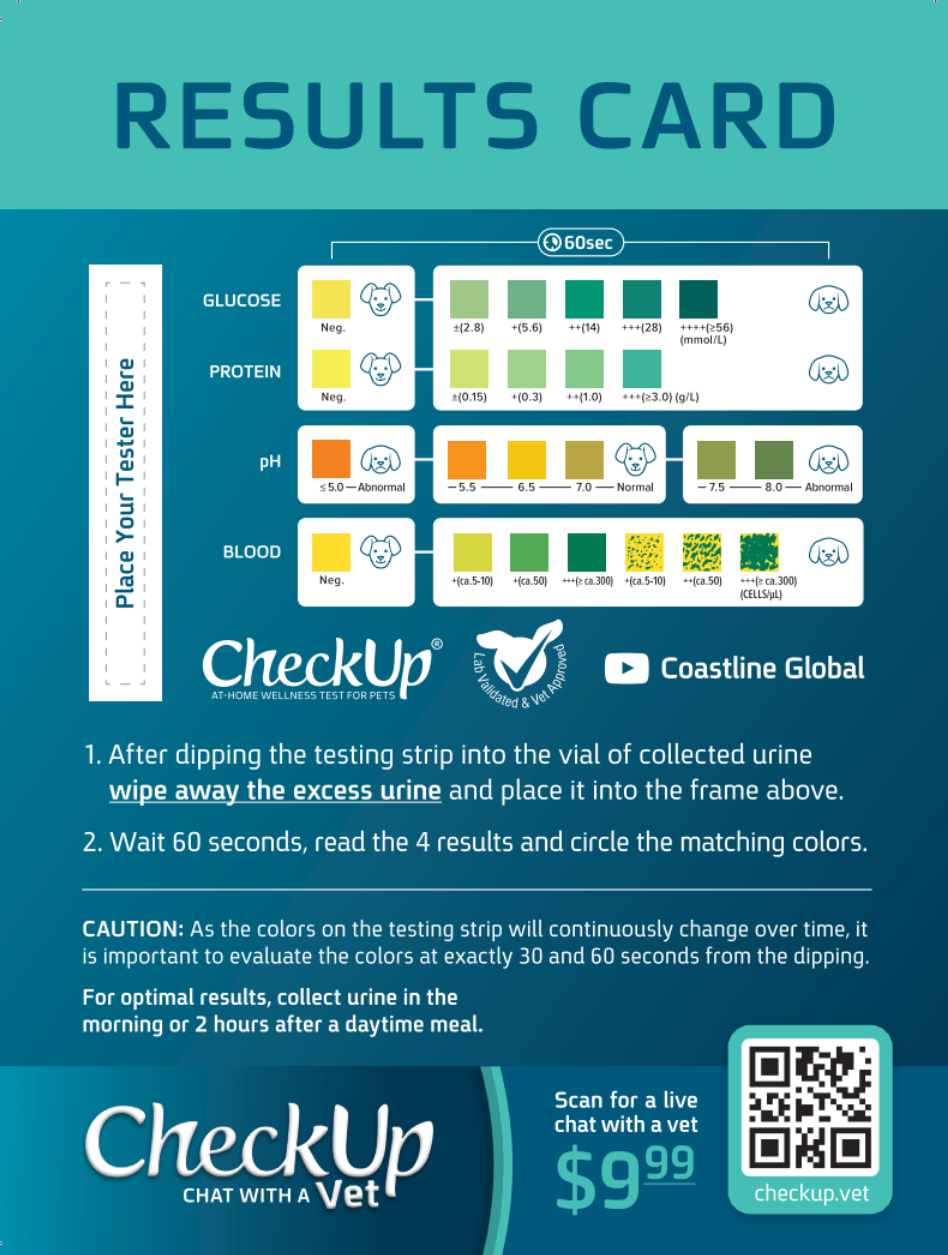While many people have strong beliefs about the use of animals in research, the importance of mice and rats in developing treatments, pharmaceuticals, and even in understanding diseases cannot be understated.
Top researchers and research facilities work diligently to ensure that animal welfare, including for the mice used within tests and research studies, is a priority. This means using specific methods in housing, caring for, and utilizing the mice and other test animals to limit stress, physical discomfort, and exposure to inhumane treatment which may have been seen as standard operating procedure in the past.
The Numbers
According to numbers provided by the United States Government, and specifically the Department of Agriculture, the total animals used in laboratory testing decreased in 2014 by about 6.4% from the previous year. The total number of animals used in research for the USA alone is an astounding 834,453. This number, however, does not include rats or mice but does include hamsters and guinea pigs.
This is because under the Animal Welfare Act mice and rats, as well as fish and birds, do not have to be reported as used in laboratory or research settings. Different organizations have estimated that the number of rats and mice used in scientific studies in the United States is between 12 and 25 million, with genetically modified mice replacing many of the larger animals in testing. These numbers reflect the worldwide use of mice, which account for about 90-95% of all animals used in medical experimentation.
The Requirements
The United Nations regulates the use of animals, including mice and rats, in experimentation and science through Directive 2010/63/EU which was put in place on September 22, 2010. This sets minimal standards for the use of laboratory techniques, methods for using animals and also for housing. It includes required training for anyone handling the animals within these facilities.
Other standards including ARRIVE (Animal Research: Reporting In Vivo Experiments) guidelines as well as the Gold Standard Publication Checklist, all which address animal experimentation best practices and ethics.
In the United States, the USDA AWA (Animal Welfare Act), as well as the National Institutes of Health OLAW (Office of Laboratory Animal Welfare) guidelines, are most commonly used.
Comprehensive guidelines have been developed by individual laboratories and research facilities that include additional levels of care and treatment for the mice over and above the existing guidelines.
Humane Treatment
- Humane treatment of mice in laboratory and research settings needs to include all aspects of care and handling. These include:
- Providing adequate physical space in housing for mice to prevent overcrowding
- Humane and controlled breeding practices
- Routine cleaning and sanitizing of the housing area as well as the bedding used
- Room temperatures
- Humidity levels
- Ventilation
- Noise control and abatement
- Illumination and scheduling periods of light and dark
- Minimization of any animal pain or distress during the experimentation
- Recognition of the physical signs of pain or distress as well as typical behavior changes associated with stress and physical discomfort or pain
- Clearly defined experimental protocols that use the most humane and least painful or stressful methods of collection of samples
- Appropriate care and monitoring of the animals after the experiment is completed
This includes humane treatment viewed in a holistic manner. New products such as LabSand, which allow the collection of urine in a non-stressful, non-invasive and pain-free way, assist in maintaining the highest possible standards for animal welfare in laboratory and test settings.
With the urine remaining on the top of the LabSand, there is minimal stress for the animal, no painful and invasive processes for collection, and a sterile collection method that is easy for technicians to use even with large numbers of test animals.
Humane care and treatment of mice and other research animals is not just about animal welfare. With laboratory animals that are not stressed or in distress, more accurate information and results are obtained while also maintaining the best environment for the subject animals.






